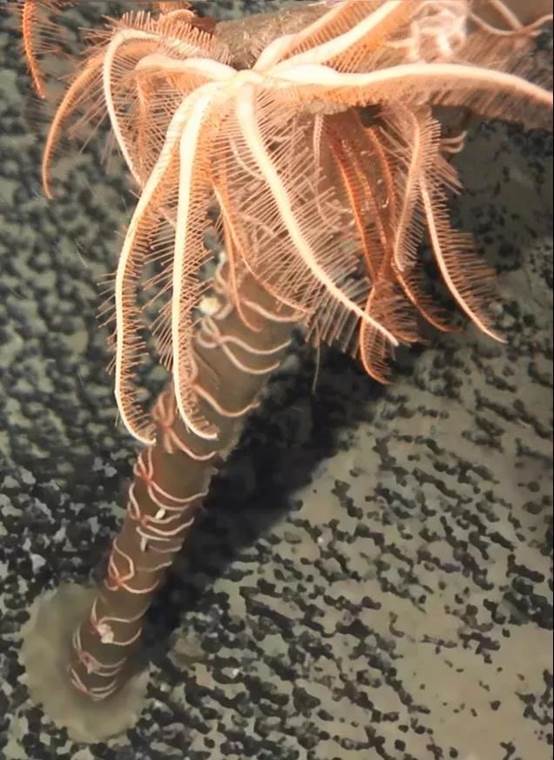
Patrick Star is familiar to fans of the cartoon SpongeBob SquarePants, but do you know there really is a kind of starfish called Astrolirus Patriki now? This newly discovered marine species is named by Zhang Ruiyan, an outstanding alumna of the School of Foreign Languages from 2016; and a member of iGEM Life Science and Technology Innovation Base in Qiming College.
Recently, the World Register of Marine Species (WoRMS), an authoritative database of marine biology, has published Ten Remarkable New Marine Species from 2020, and Astrolirus Patriki is on the list. Astrolirus Patriki is a deep-sea starfish newly found by research teams from the Second Institute of Oceanography, MNR, Shanghai Jiao Tong University, and Institute of Oceanology, Chinese Academy of Sciences.I It is the first time that a marine species named and published by Chinese mainland scientists has been included in the list.

Marine scientists around the world have selected the 10 most distinctive and surprising new species from the nearly 2, 000 newly discovered species of 2020. It’s both a surprise and delight for Zhang to see Astrolirus Patriki chosen.
“This starfish was discovered, sampled and identified all by our team. That’s why we can name it.” When it comes to the special name, Zhang said it was all about its habit.

Astrolirus Patriki
“It’s interesting that this kind of starfish is used to coexisting with sponges,” as a loyal fan of SpongeBob SquarePants, the idea of naming it after a word with a root of “sponge” inspired her at first, “but people may mistake it for a sponge if it was named Sponge Astrolirus Starfish. So why not Astrolirus Patriki?”
Sharing the same name with the cartoon character, Astrolirus Patriki looks nothing like Patrik Star at all. As a species from brisingida, it has seven slender tentacles with a relatively small body. Compared with plump Patrik Star in the cartoon, it is much slimmer. “We looked at five samples, all from depths of 1,400 to 2,100 meters, in the Northwest Pacific seamount.” According to Zhang Ruiyan, Astrolirus Patriki belongs to Echinodermata- asteroidea- brisingida- astrolirus, “What I’m focusing on are species of brisingida that are all living in deep water, and they look much different than starfishes in shallow waters. They are interesting but get little attention in our daily life.”

Zhang Ruiyan on Jiaolong deep-sea manned submersible
How did Zhang Ruiyan, an undergraduate English major, get attached to marine science? It turns out that she was deeply immersed in the individualized and independent air of learning in School of Foreign Languages. After taking Neuroscience as an optional course, she became deeply engaged in the magical world of biological science and couldn’t help falling in love with this charming subject.
In 2016, driven by endless passion, Zhang joined the iGEM HUST-China team at the College of Life Science and Technology in Qiming College.


Zhang integrated her advantage in English with her research in bioscience, and collaborated with teammates to better present academic posts and presentations in English. She also learned to conduct complex experiments in molecular biology. In 2016, her team was awarded the golden prize in the International Genetically Engineered Machine competition (iGEM) with their “Signal Filter” project. In the same year, she was recommended to the Second Institute of Oceanography, MNR for further study, then became a doctor jointly fostered by the institute and Shanghai Jiao Tong University.
Written by: Li Peishan
Edited by: Scott, Peng Yumeng
